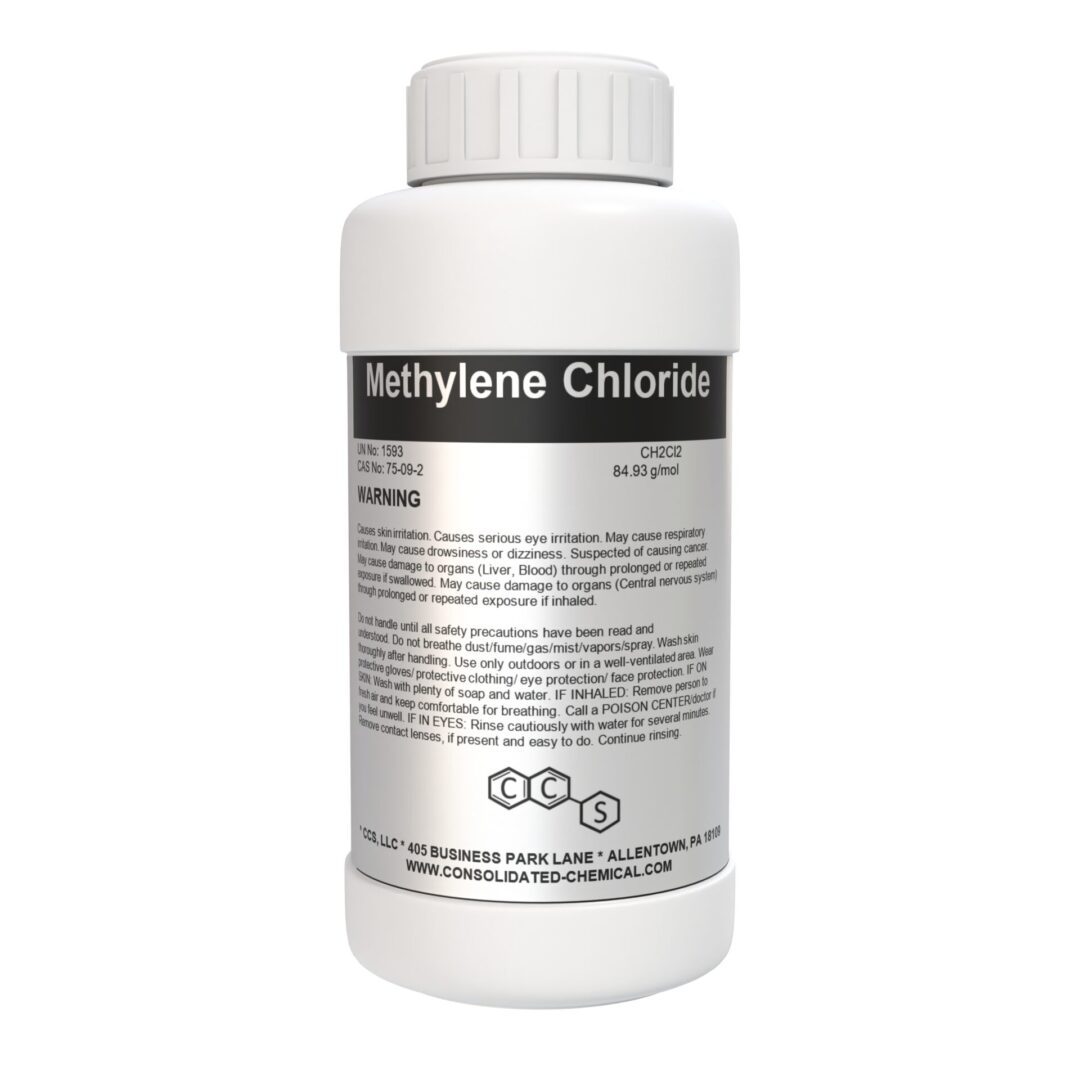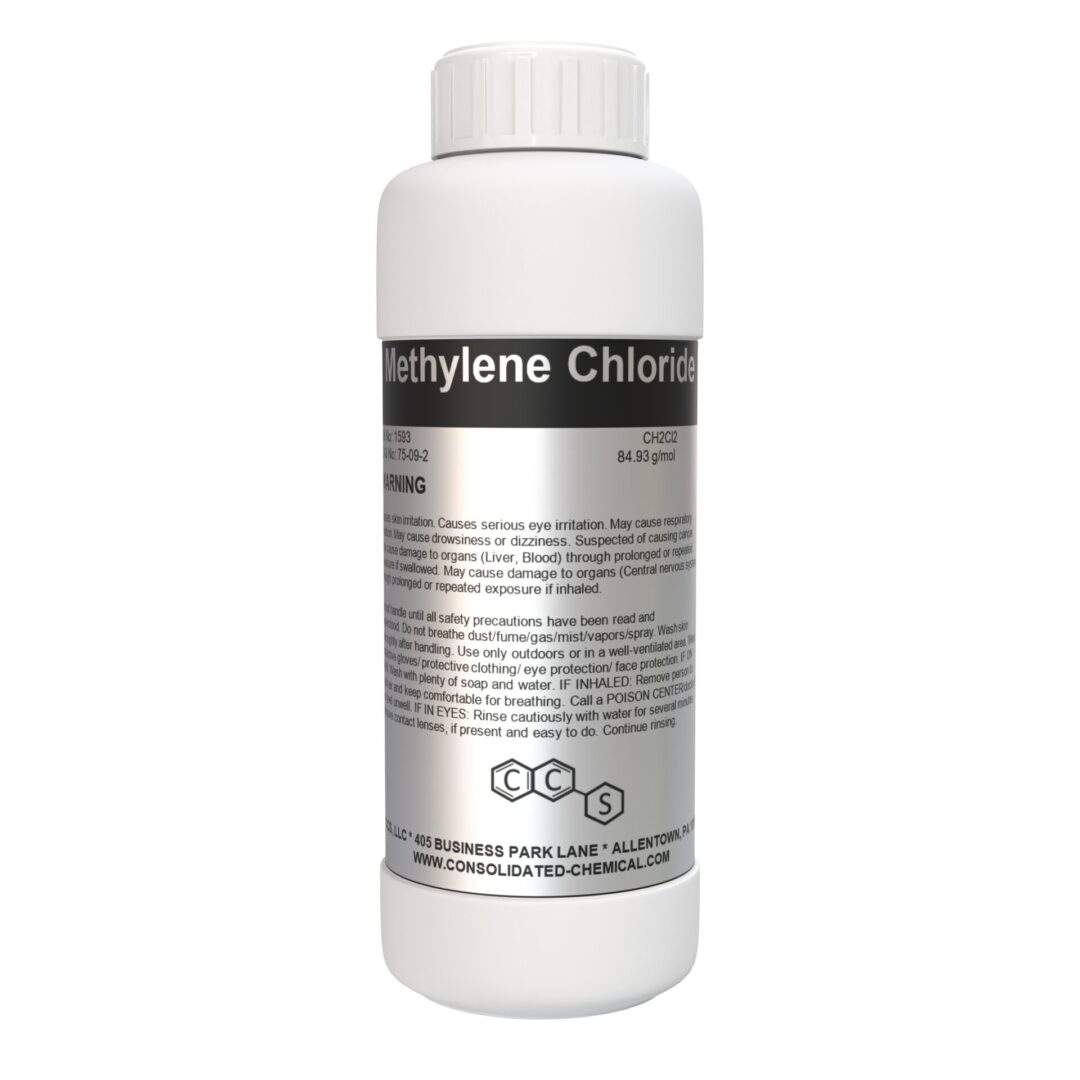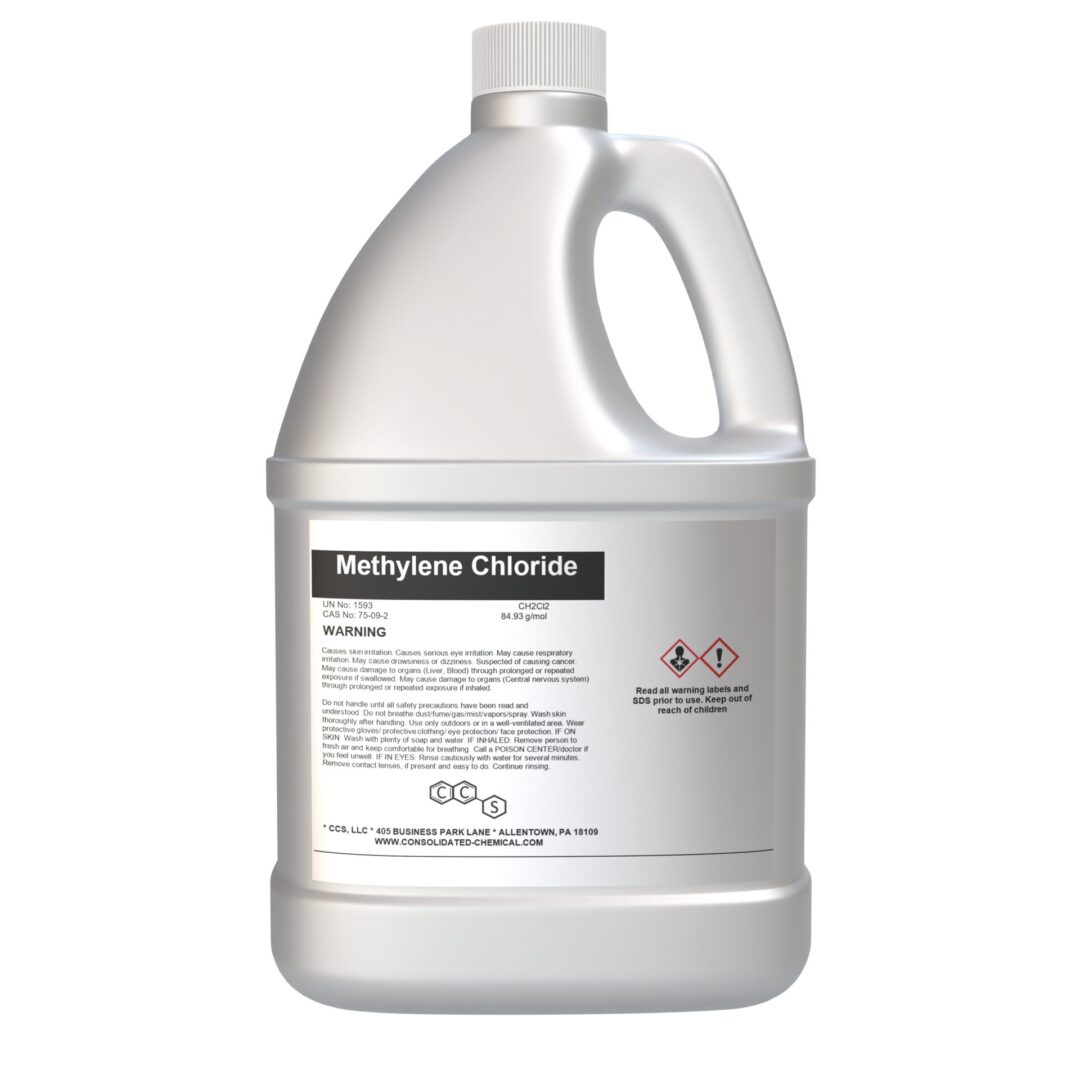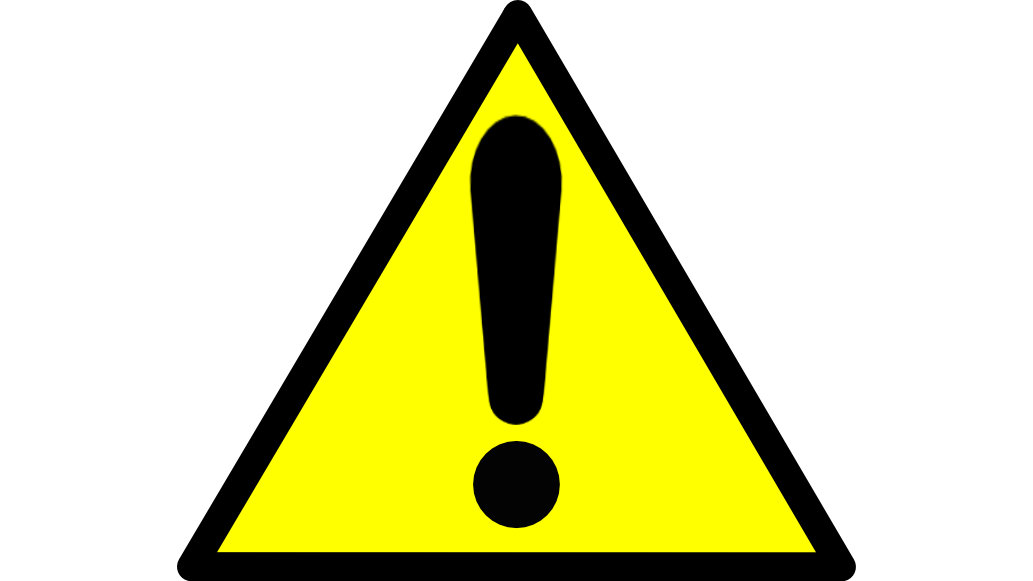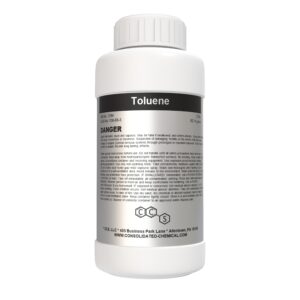Methylene Chloride (Dichloromethane)
$28.00 – $140.00
Technical Specifications:
- Chemical Name: Methylene Chloride (Dichloromethane)
- CAS Number: 75-09-2
- Molecular Formula: CH₂Cl₂
- Molecular Weight: 84.93 g/mol
- Appearance: Clear, colorless liquid
- Odor: Sweet, chlorinated odor
- Grade: Industrial, Laboratory, and Reagent grades available
- Purity: ≥ 99% (depending on grade)
- Density: 1.33 g/cm³ at 20°C
- Boiling Point: 39.6°C (103.3°F)
- Melting Point: -96.7°C (-142.1°F)
- Flash Point: Non-flammable
- Vapor Pressure: 349 mmHg at 20°C
- Refractive Index: 1.4242 at 20°C
- Solubility: Slightly soluble in water (13 g/L at 20°C); miscible with alcohol, ether, and most organic solvents.
Chemical Properties:
- Volatility: Highly volatile and evaporates quickly at room temperature.
- Stability: Stable under recommended storage conditions but may react with strong oxidizing agents, alkali metals, and bases.
- Non-Flammable: Classified as non-flammable, though it decomposes at high temperatures, releasing toxic gases like hydrogen chloride and phosgene.
Documents: Safety Data Sheet

